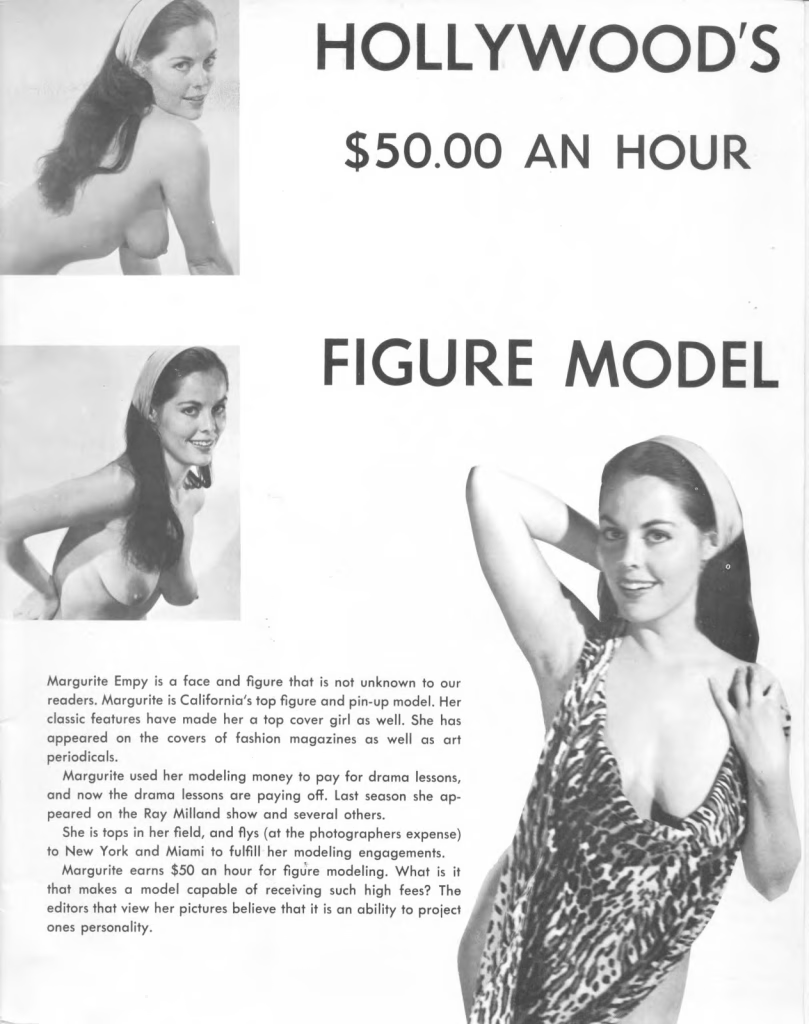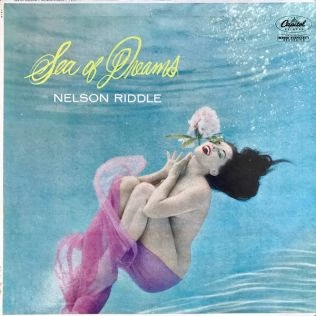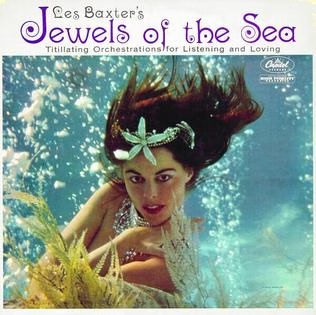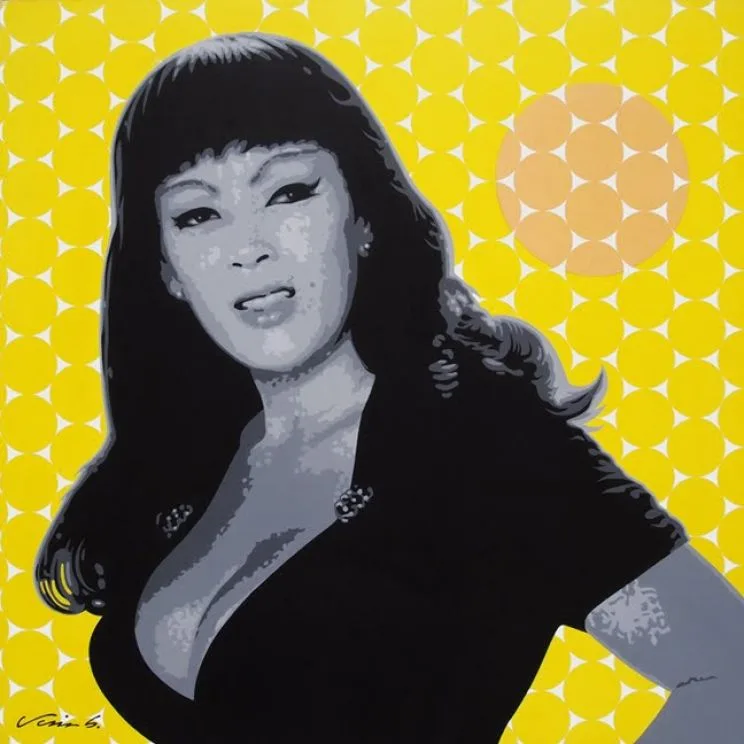Diane Webber: The Mermaid Queen of Mid-Century Glamour
She was petite in stature but larger than life in presence. With her dark, flowing hair, radiant smile, and curvaceous figure that seemed sculpted for the camera, Diane Webber embodied both sensuality and freedom in a time when American culture was caught between post-war conservatism and the dawning age of liberation. Known to many by her birth name Marguerite Diane Empey, and later simply as Diane Webber, she became one of the most recognizable faces—and bodies—of the 1950s and 1960s pin-up era.

Early Life & Roots in Performance
Born July 29, 1932, in Los Angeles, California, Diane was destined for the spotlight. Her father, Arthur Guy Empey, was a writer and film producer, while her mother Marguerite Andrus nurtured her artistic leanings. From an early age, Diane studied ballet with rigorous dedication, giving her the poise and grace that later defined both her modeling and dance careers.
Before gracing glossy magazine covers, she worked as a chorus girl, where she caught the attention of industry insiders. In 1955, she married Joe Webber, adopting the name that would forever link her to both glamour and naturism: Diane Webber.
A Playboy Discovery
Discovered by the same talent scout who first spotted Marilyn Monroe, Diane quickly rose to prominence. She was chosen as Playboy’s Playmate of the Month not once, but twice—first in May 1955 and again in February 1956, published under her birth name, Marguerite Empey.
With her 39C-23-37 figure, natural beauty, and striking brunette allure, she became one of the era’s most iconic pin-up models. But unlike many of her contemporaries, Diane’s career expanded beyond centerfolds into a wider world of artistic, naturist, and entertainment ventures.

The Naturist Muse
More than a model, Diane Webber was a devoted nudist and naturist advocate, fearlessly embracing body freedom during a time when such openness often courted controversy.
She appeared in publications like Modern Sunbathing and Sunbathing Review, including the much-collected Fall 1957 issue, where her relaxed beauty embodied the naturist lifestyle. Together with her husband Joe, she lived openly within the naturist community, even inspiring the book The Wonderful Webbers by June Lange, which documented their unconventional lifestyle.
Her role as a naturist icon made her both a beloved figure in counterculture circles and, at times, the subject of legal battles—most notably her 1975 postal obscenity case, which was ultimately overturned.
Lights, Camera, Mermaid!
On-screen, Diane carved a niche as Hollywood’s quintessential mermaid. In the cult classic Mermaids of Tiburon (1962), she played the ethereal Mermaid Queen, a role she reprised in the 1967 Voyage to the Bottom of the Sea television episode “The Mermaid.”
Her other roles spanned television and film, from noir-ish TV dramas (Peter Gunn, Alfred Hitchcock Presents) to underground cinema. She even collaborated with legendary director Russ Meyer, appearing as herself in the short This Is My Body (1960).
Often cast as dancers, seductresses, and mystical figures, she leaned into her otherworldly charm, further cementing her reputation as a cult figure of mid-century pop culture.
Dance & Teaching
Beyond modeling and screen work, Diane was a belly dancer and teacher, using her training to explore sensual, expressive movement. She became a beloved instructor in Los Angeles, influencing a generation of performers with her unique fusion of classic technique and exotic flair.

Album Cover Siren
Diane’s beauty wasn’t confined to magazines and films—she also lent her image to the world of music. Her photographs adorned the covers of several lush orchestral and exotica albums, including:
- Sea of Dreams – Nelson Riddle
- Jewels of the Sea – Les Baxter
- Satin Brass – The George Shearing Quintet
- Sheer Ecstasy – Otto Cesana & The Cesana Strings
Her presence gave these albums an air of sultry, oceanic mystique—perfectly pairing with the dreamy, escapist sounds of the mid-century lounge era.
Controversy & Courage
Diane’s embrace of naturism put her at odds with America’s conservative streak. In the mid-1970s, she was infamously charged in a postal obscenity case, accused of distributing indecent material. Though initially convicted, the decision was overturned, marking a small but symbolic victory for body freedom and artistic expression.

Later Years & Legacy
Diane Webber passed away on August 19, 2008, in Los Angeles at the age of 76, following complications from cancer surgery.
Her legacy, however, lives on:
- As one of Playboy’s early and most memorable Playmates.
- As a champion of naturist values, decades ahead of the body positivity movement.
- As an enduring figure of mid-century pop culture—part mermaid, part goddess, part pioneer.
In many ways, Diane Webber was a paradox: both mainstream and underground, glamorous and natural, seductive and wholesome. A woman of contradictions, she was perhaps best summed up in her own life’s work—an unapologetic celebration of beauty, freedom, and self-expression.
Filmography Highlights
- This Is My Body (1960, short) – Herself
- Mermaids of Tiburon (1962) – Mermaid Queen
- The Swinger (1966) – Model No. 12 (uncredited)
- The Witchmaker (1969) – Nautch of Tangier
- Sinthia, the Devil’s Doll (1970) – The Housewife
- The Blue Hour (1971) – Belly Dancer
- The Trial of Billy Jack (1974) – Belly-Dance Instructor (final role)
Television:
- Peter Gunn (1959) – “Scuba” as Midge
- Highway Patrol (1959) – “Coptor Cave-In” as Woman
- Markham (1959) – “The Glass Diamond” as Valerie
- Bold Venture (1959) – Latin Dancer
- Alfred Hitchcock Presents (1961) – “The Pearl Necklace” as The Other Woman
- Voyage to the Bottom of the Sea (1967) – Mermaid
✨ Like Artemis of the wilderness or Diana, the huntress goddess, Diane Webber represented freedom, sensuality, and strength—both mythical and deeply human. Today, she remains a timeless muse for lovers of vintage glamour, naturist ideals, and the art of self-expression.











